After the rendering was removed from the upper part of our tower, it became clear why the render had become so unstable - iron nails had been used to anchor the render to the masonry. Over time, the nails had corroded. When iron corrodes (rusts), it expands, and this has resulted in the render breaking up and separating from the masonry behind it.
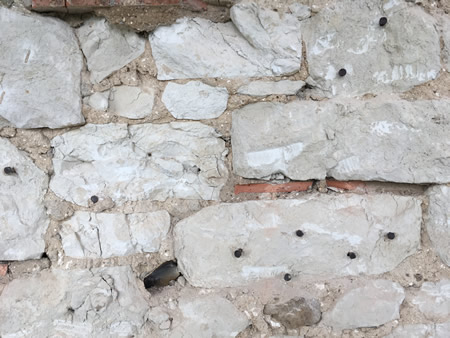
Stainless steel mesh, attached with stainless steel screws (or stainless steel 'spirals' bonded in where the screws will not hold) will be used to anchor the new render when it is applied.
But, before that, a much bigger job has to be completed - replacing the damaged stonework. This is probably the most expensive single element of our tower restoration, and will almost certainly be the most striking visual improvement.
The new stonework is now being installed, and to avoid the rapid deterioration suffered by the original stone (Clunch - a relatively cheap, but fragile stone) we are replacing it with Clipsham Stone. Similar in appearance to Clunch (when new at least!), Clipsham is of a higher quality and should last as stone is supposed to.
Below we are delighted to show you some photos of the new stonework which is being skillfuly installed - not easy to see from the ground with the scaffolding shrouded with debris netting.
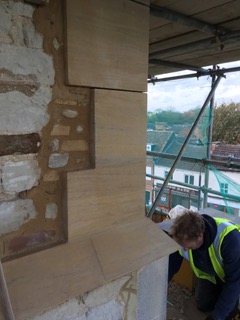
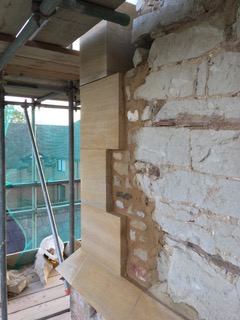
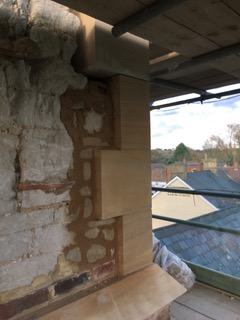

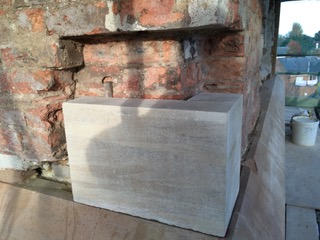
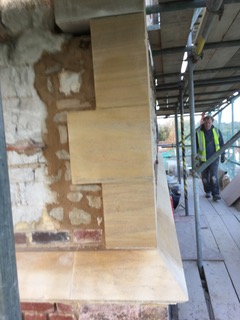
Utterly gorgeous stonework. Speaks for itself doesn't it?
We continue to remember and to be eternally grateful for all of the funding bodies that have made this possible. Work of this quality comes at enormous cost, but should last for many generations.
We can't wait (though, like you, we'll have to!) to see how amazing the tower looks when fully restored...
Source: Patricia Goulding (Churchwarden)
Date: 9th November 2018

